Well today my travel blog is one month old, and I thought I would write some reflections about it. I know, I know, one month is super short so this might seem pretentious, but I think the beginning of anything is often the most crucial period. It's a time when constant re-evaluating, re-thinking, and re-planning occurs, because you're a newbie and the learning curve is steep. Anyways, here goes, question and answer style.

Merlion Park, Singapore. The beginning of the trip that started it all.
When I visited Singapore I stayed at the Fullerton Hotel, a 5-star luxury haven centrally located on Marina Bay. I "felt" safe within the large crowds, ritzy architecture, and clean city, and indeed no adverse events occurred to me. After three days in Singapore, I took a two day trip to Malacca, a small Malaysian town rich in history and culture. Upon arriving in Malacca, my first reaction was that the place "looked" unsafe. Looking back, this was probably due to Malacca's sharp contrast with Singapore, a global city boasting skyscrapers, beautiful buildings, and upscale shops. On the other hand, Malacca is a UNESCO World Heritage Site known for its historical icons and preservation of traditional Malaysian culture.
My visit to Malacca went without incident and I had a wonderful time. When I got home, I did some research on the safety of Malacca. Unfortunately I couldn't mind many statistics or hard data, but a quick Google search, the consensus seems to be that Malacca is relatively safe. Below is a sampling, the first two hits after searching for "how safe is malacca." They echo what many other sources said.
Background: The weekend of 4th of July rolled around, and the idea of Lake Tahoe didn't appeal to me. Not that its a bad place to visit, with water clarity so high the bottom is visible, but its where everyone in the Bay Area goes for a weekend getaway. Solution: Shasta Lake, the lake formed by Shasta Dam restraining the Sacramento River, about a four hour drive north of San Francisco. Under each photo, I write my personal reflections...
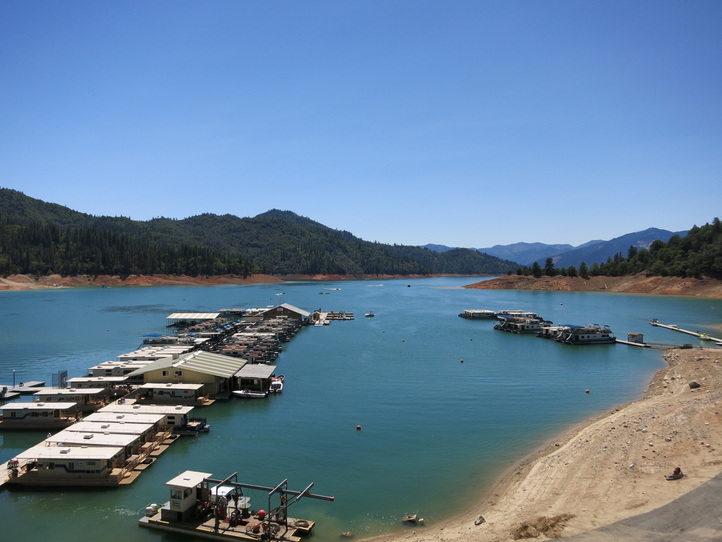 1.) The Dock: A sign of human activity, floating on the lake's surface, but not penetrating its mysterious depths. Those floating orange balls look like tiny points in space. Really, our knowledge of the earth only scratches the surface...
Early last year, I moved to the Bay Area and found a job at a biotech startup. I was in my twenties, working on cutting edge technology in Silicon Valley, and San Francisco was before me Okay, I didn't actually live in San Francisco, but a train ride is no pretext for not getting out. It was the perfect setup for amazing experiences and I certainly had a good time - but I was often "busy with work." Looking back, I realize that I felt most inspired to see San Francisco when I was with tourists. I had friends from Australia visit me on two occasions, and hanging with them made me see the place differently. Also, it was the impending necessity of moving away from San Francisco that inspired me to fully explore it.
Disclaimer: I am not a professional photographer, just a traveler who appreciates a good shot. I don’t shoot with fancy equipment, just digital cameras or phones that fit inside my pocket.
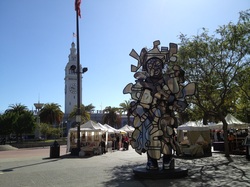 I know professional, elite-level photographers often spend plenty of time, sometimes several hours, exploring one subject and experimenting with various compositions. They may photograph the scene from several angles, playing around with juxtaposition of different elements. I think my disclaimer above affirms that I don't do this, but I do like to put some thought into my pictures, at least beyond a mindless point-and-shoot. In this post, I talk about some photos I took around San Francisco's iconic Ferry Building, and my thought process behind the composition and juxtaposition of surrounding elements.
Disclaimer: I am not a professional photographer, just a traveler who appreciates a good shot. I don’t shoot with fancy equipment, just digital cameras or phones that fit inside my pocket.
Have you ever stood before something – natural or man-made wonder – and been so enthralled that you had no idea where to start photographing? There are intricate details you want to capture, but you can’t miss out on the big picture. In these situations, I usually try to go general-to-specific, photographing the scene from afar and then approaching it to get the intimate details. I imagine most people intuitively do this already, so don’t expect this post to be mind-blowing, but I think it helps to have a set methodology. That last point might be the engineer in me talking.
An incoming PhD candidate to Northwestern’s Materials Science and Engineering program, ecstatic at the prospect of fiddling with polymers and biomaterials, I may fit the profile of a stereotypical “nerd.” I’m also a 20-something girly-girl though, so when planning a trip to Singapore, I thought I’d go on shopping sprees and return with novel fashion items. Instead, I did next to no shopping but found plenty of attractions, i.e. unique architectural achievements, that delighted the nerd in me.
 Helix Bridge in early morning. Please excuse the Singapore haze.
When I vacationed in Singapore and Malaysia, I chose to visit a disproportionately high number of religious sites. By disproportionate I don’t mean that tourists shouldn’t or never go to the places I went to, but they weren’t necessarily the area’s main attractions. In Singapore, I spent the better part of one day exploring a Buddhist temple and two Hindi temples, when I could have been shopping on the famed Orchard Street. In Malacca, my hotel provided a tourist map and the words “mosque,” “temple,” and “church” kept piquing my interest. I understand I have a quirky propensity for religious sites, but believe they can be a great way to get to know a region – no matter what your personal beliefs.
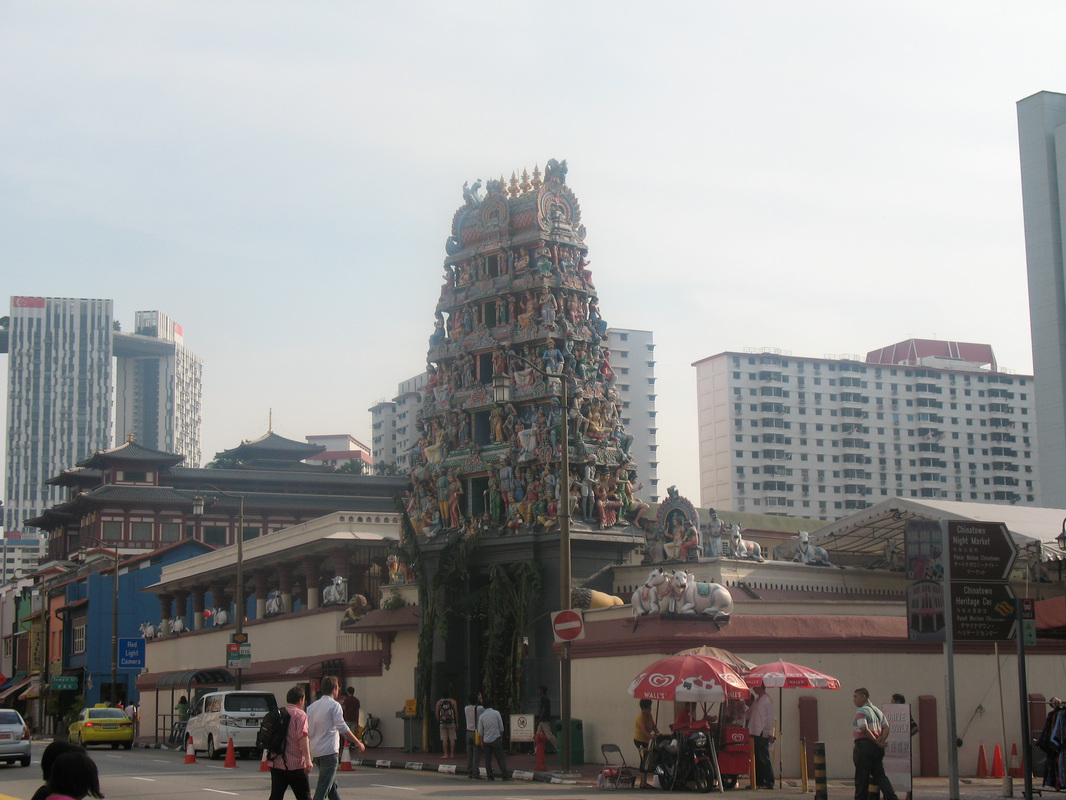 Sri Mariamman Temple |  Close-up of gopuram |
 Summary: This was my last day in San Francisco before moving away for a PhD program, and I chose to spend it on Angel Island. I caught a ferry there and rented a bike to explore it's perimeter, about 5 miles of paved road. The uphill areas were taxing, but the downhill thrills made up for my struggles. Angel Island is often called the "Ellis Island of the West" because it used to be a processing center for Chinese immigrants, commemorated by the Immigration Station museum today. I caught the ferry back to Fisherman's Wharf in the afternoon, where I hung out for a bit and had some lunch/snacks. My day ended with Blue Bottle Coffee, a local Bay Area brand.
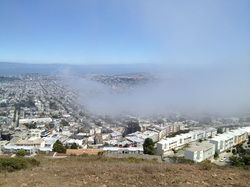 Summary: The Twin Peaks are two hills near the geographical center of San Francisco, and and their summits are the second highest points in the city after Mount Davidson. Due to their high elevation, views of the city are great from the tops of these hills. I hiked to the summit of the Twin Peaks from the Castro neighborhood, which was about 1.6 miles one way and involving steep uphill climbs. The summit was windy, cold, and foggy, and all pictures I took from there were during random bouts of clearness. After hiking, I went to Bi-Rite Creamery in Dolores Park and then Alamo Square Park where The Painted Ladies are. At the end of this post, I also write some tips for doing this hike to Twin Peaks.
|



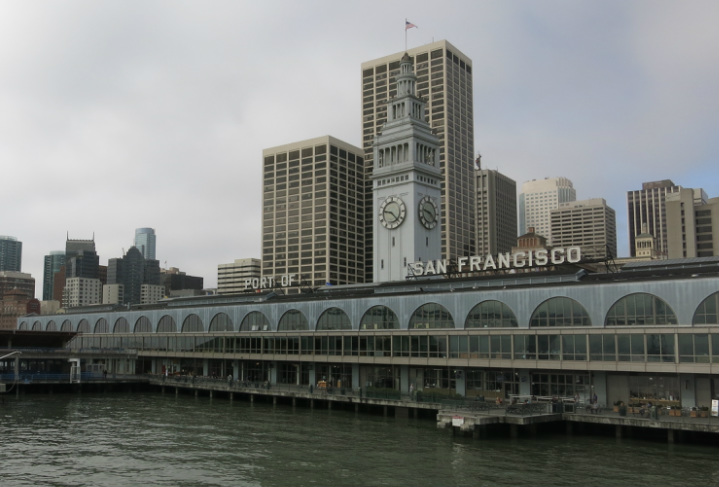






 RSS Feed
RSS Feed